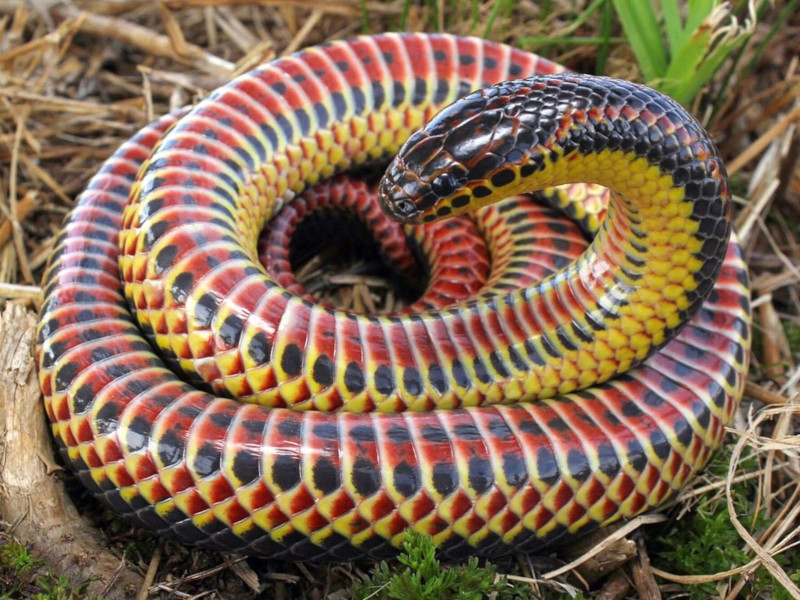
Rainbow Snake Facts
- The descriptive term of Rainbow Snake serves as the most frequently used common name for this visually stunning reptile. The name also suits the creature perfectly. Its other common name, the eel moccasin, remains much less colorfully descriptive.
- Its scientific name, meanwhile, is somewhat difficult to pronounce. That’s because it bears the cumbersome appellation of Farancia erytrogramma. This tongue-twisting name further derives from the ancient Greek word of erythros, meaning red.
- The first official recognition of the animal as a separate and distinct species, however, did not occur until much later. In fact, it wasn’t until 1802. This took place as a direct result of the work of the renowned French naturalist, Palisot de Beauvois.
- Previously, scientists also recognized a total of two separate subspecies of the marvelous snake. Sadly, however, researchers later declared one of those as extinct. The Farancia erytrogramma, therefore, now represents the sole example of the species.
- Quite fortunately for those who appreciate its beauty, the population of the Rainbow Snake appears to be both stable and sufficient. This further holds true throughout the entirety of its natural range. The IUCN, therefore, currently lists it as Least Concern.
- It nevertheless does face some potential threats. In this it reflects the current state of environmental factors around the world. Habitat loss due to human encroachment threatens it, of course. Its greatest threat, though, comes from climate change.
Related Articles
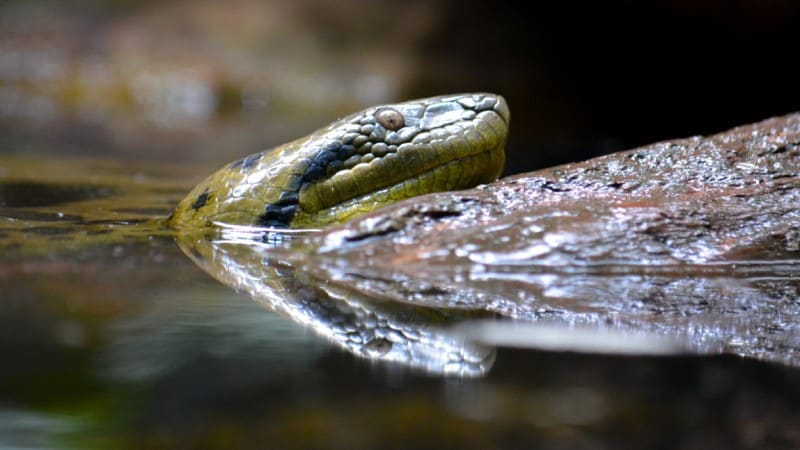
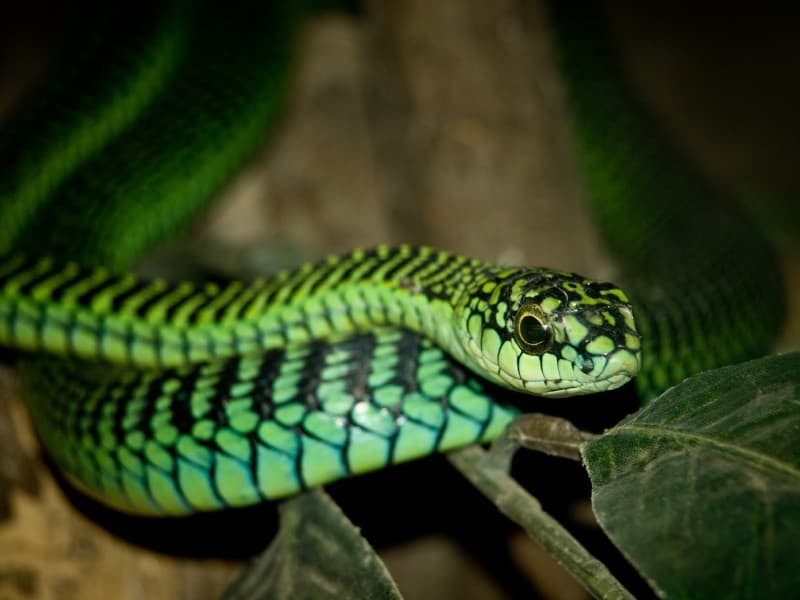
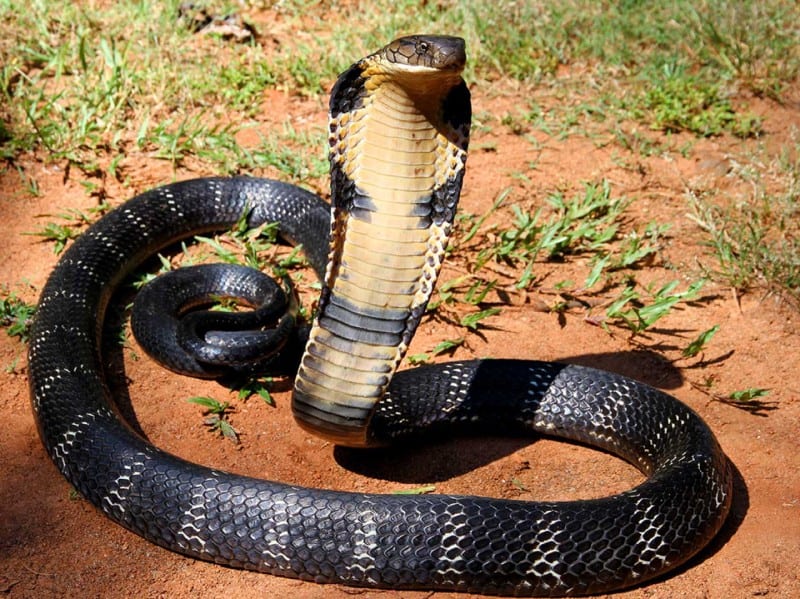
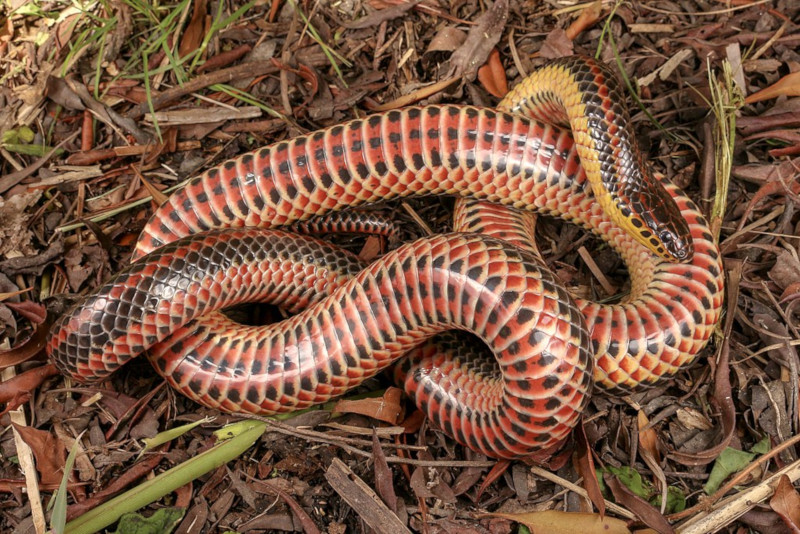
Rainbow Snake Physical Description
The Rainbow Snake impresses those encounter it in several ways. The first of those occurs due to its sheer physical size. That’s due to the fact that this particular reptile attains a moderately great length. It also displays a moderate degree of the trait of sexual dimorphism.
In this specific species, the trait manifests itself in regards to gender size. More specifically, though, this results in females reaching greater average lengths than that of the males. The overall size difference, however, remains comparatively minor in most specimens.
Overall, the gorgeous Rainbow Snake reaches as an impressive average length. In point of fact, this length typically equals between roughly 36 – 48 in (91 – 122 cm). Exceptional individuals, however, sometimes grow to recorded lengths of as much as 66 in (168 cm).
Its most striking feature, though, remains its physical appearance. This, in fact, results in the common name. That’s because it displays an incredible pattern of colors. Most display a glossy bluish-black hue, on smooth scales. It further possesses three bright red stripes.
Mature adults, however, occasionally display a pattern of pale yellowish coloring. This most frequently appears on the head and along the sides of the beautiful animal. It also has a relatively short tail, tipped with a spiny tip, often used to probe its surroundings.
- Kingdom: Animalia
- Phylum: Chordata
- Class: Reptilia
- Order: Squamata
- Family: Colubridae
- Genus: Farancia
- Species: F. erytrogramma
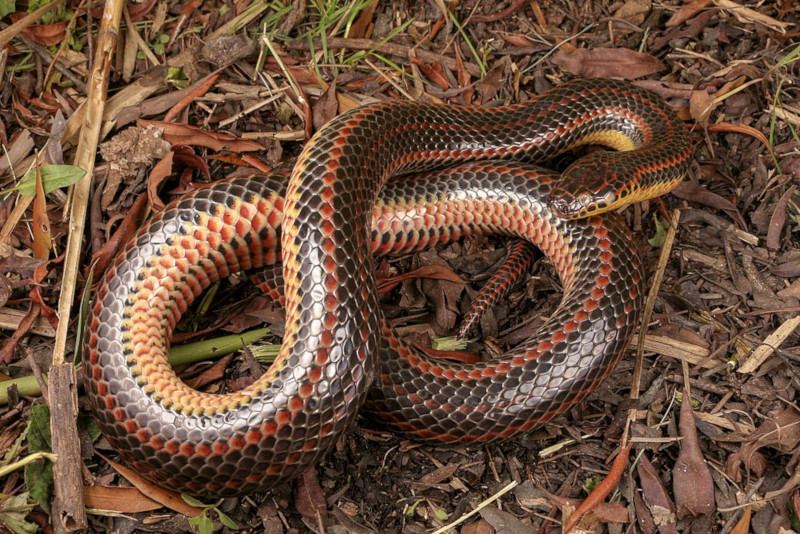
Rainbow Snake Distribution, Habitat, and Ecology
Most unfortunately, the dazzling Rainbow Snake presently only inhabits a comparatively small section of the globe. It also currently remains unknown to researchers if the magnificent, and often misunderstood, animal ever possessed a more extensive range.
Regardless of the unknowns, its current zone of habitation remains restricted to a small portion of North America. In point of fact, this consists of a tiny section of the United States. More precisely, it appears in an area that runs along the east and southeast portion.
There, the remarkable reptile lives in a total of 8 of the southern states. These consist of Maryland, Virginia, North Carolina, South Carolina, Georgia, Florida, Alabama, and Louisiana. Even there, though, it only inhabits the regions closer to the coast.
The breathtakingly colored Rainbow Snake also evolved as a primarily aquatic creature in nature. As a result, the fascinating animal has decidedly specific habitat preferences. Individuals therefore most commonly appear in areas that reflect that specific characteristic.
Specimens most often live in regions that include swamps, slow-moving bodies of water, such as small creeks and streams. It does, however, also appear in areas of open marsh. These environments appear in areas of deciduous forests, mountains, and sandy sections.
The principally nocturnal Rainbow Snake evolved as a skilled swimmer, catching most of their prey in the water. After catching that prey, however, it holds it in its mouth until reaching land. Once there, it swallows it whole. Many species prey on it in return, though.
Species Sharing Its Range

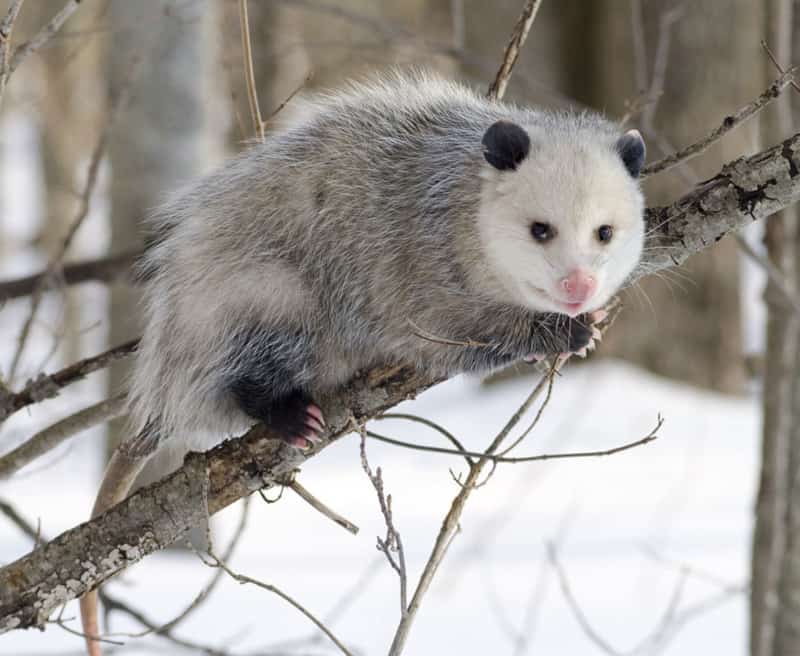
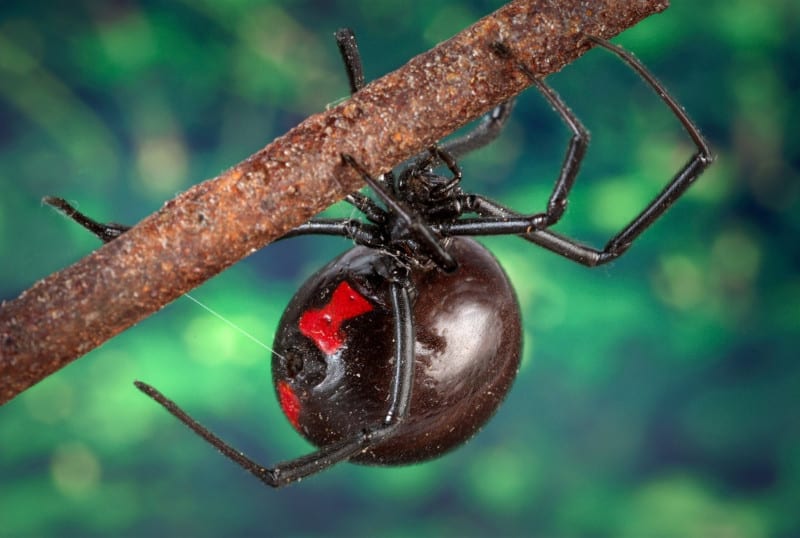
Check out our other articles on 4 Fabulous Marine Shrimp, Rio Negro River, Crocodile Fish, Rusty-Spotted Cat, Arrowleaf Elephant Ear, Indian Bullfrog, Black-and-white hawk-eagle, Weka









Leave a Reply